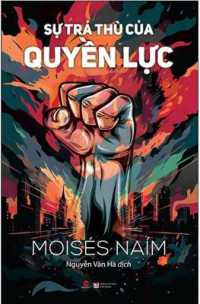- ホーム
- > 洋書
- > 英文書
- > Cinema / Film
Full Description
Centers Cuban cinema to explore how films produced in Havana or Hollywood differently represent Black resistance to slavery.
From Havana to Hollywood examines the presence or absence of Black resistance to slavery in feature films produced in either Havana or Hollywood-including Gillo Pontecorvo's Burn!, neglected masterpieces by Cuban auteurs Tomás Gutiérrez Alea and Sergio Giral, and Steve McQueen's Oscar-winning 12 Years a Slave. Philip Kaisary argues that, with rare exceptions, the representation of Black agency in Hollywood has always been, and remains, taboo. Contrastingly, Cuban cinema foregrounds Black agency, challenging the ways in which slavery has been misremembered and misunderstood in North America and Europe. With powerful, richly theorized readings, the book shows how Cuban cinema especially recreates the past to fuel visions of liberation and asks how the medium of film might contribute to a renewal of emancipatory politics today.
Contents
List of Illustrations
Acknowledgments
Introduction: Havana, Hollywood, and the Politics of Slave Resistance in the Cinematic Imaginary
1. "Our First Cry of Freedom": From Revolution to Liberation in Gillo Pontecorvo's Burn!
2. "Cinema Must Be Revolutionary in Itself": Afro-Cuban Resistance, the Haitian Revolution, and Black Comedy in Tomás Gutiérrez Alea's La última cena
3. Sergio Giral's "Negrometrajes": Subverting Sentimental Abolitionism and Reconstructing the History of Slavery
4. The Slave Narrative in Hollywood: Steve McQueen's Adaptation of Solomon Northup's Twelve Years a Slave
Conclusion
Notes
Bibliography
Index








